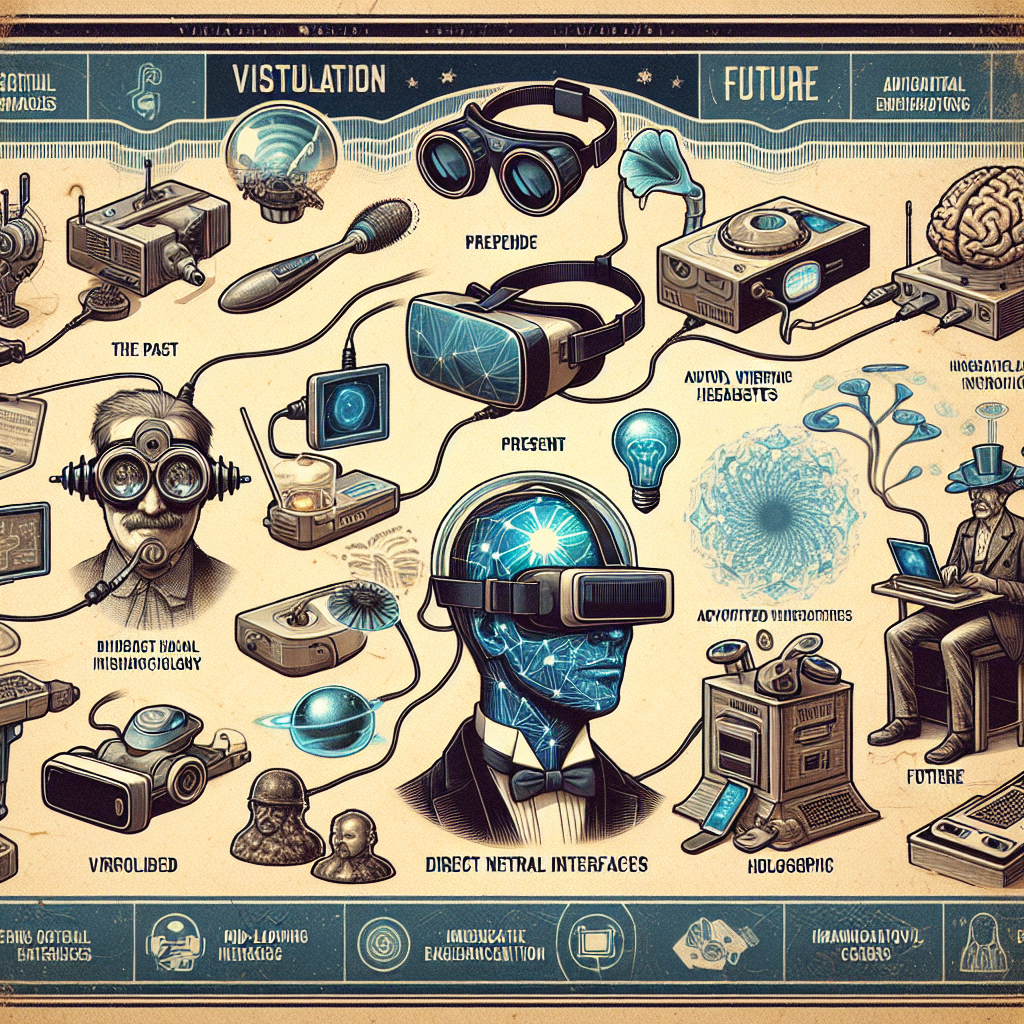Your cart is currently empty!
The Evolution of Virtual Reality: A Look at Its Past, Present, and Future

Virtual reality (VR) has come a long way since its inception in the 1950s. What was once just a concept in science fiction has now become a reality, with VR technology being used in a variety of industries, from gaming and entertainment to healthcare and education. In this article, we will take a look at the evolution of virtual reality, from its early beginnings to its current state, and explore what the future holds for this exciting technology.
The Past: The Early Days of Virtual Reality
The concept of virtual reality can be traced back to the 1950s, when Morton Heilig created the first VR device known as the Sensorama. This device was designed to provide an immersive experience by combining visuals, sounds, and even scents to create a realistic environment for the user.
In the 1980s and 1990s, VR technology started to gain more traction, with companies like Sega and Nintendo releasing VR gaming consoles. However, the technology was still in its infancy and was limited by the high cost of hardware and the lack of quality content.
The Present: The Rise of Consumer VR
Fast forward to the present day, and virtual reality has become more accessible than ever before. With the introduction of affordable VR headsets like the Oculus Rift and HTC Vive, consumers can now experience immersive virtual environments from the comfort of their own homes.
In addition to gaming, VR technology is being used in a variety of industries, including healthcare, education, and training. For example, surgeons can now practice complex procedures in a virtual environment before performing them on real patients, while students can explore historical events and far-off places through VR simulations.
The Future: What Lies Ahead for Virtual Reality
As technology continues to advance, the possibilities for virtual reality are endless. In the future, we can expect to see even more realistic and immersive experiences, with improvements in graphics, sound, and haptic feedback.
One exciting development in VR technology is the use of artificial intelligence (AI) to create more dynamic and interactive virtual environments. AI-powered characters can respond to user actions and adapt to their behavior, creating a more personalized and engaging experience.
Another trend to watch out for is the integration of VR with other emerging technologies, such as augmented reality (AR) and mixed reality (MR). By combining these technologies, users can experience a seamless blend of the physical and virtual worlds, opening up new possibilities for entertainment, communication, and collaboration.
In conclusion, the evolution of virtual reality has been nothing short of remarkable. From its humble beginnings in the 1950s to its widespread adoption today, VR technology has come a long way and shows no signs of slowing down. With advancements in hardware, software, and content creation, the future of virtual reality is bright, and we can look forward to even more immersive and exciting experiences in the years to come.

Leave a Reply